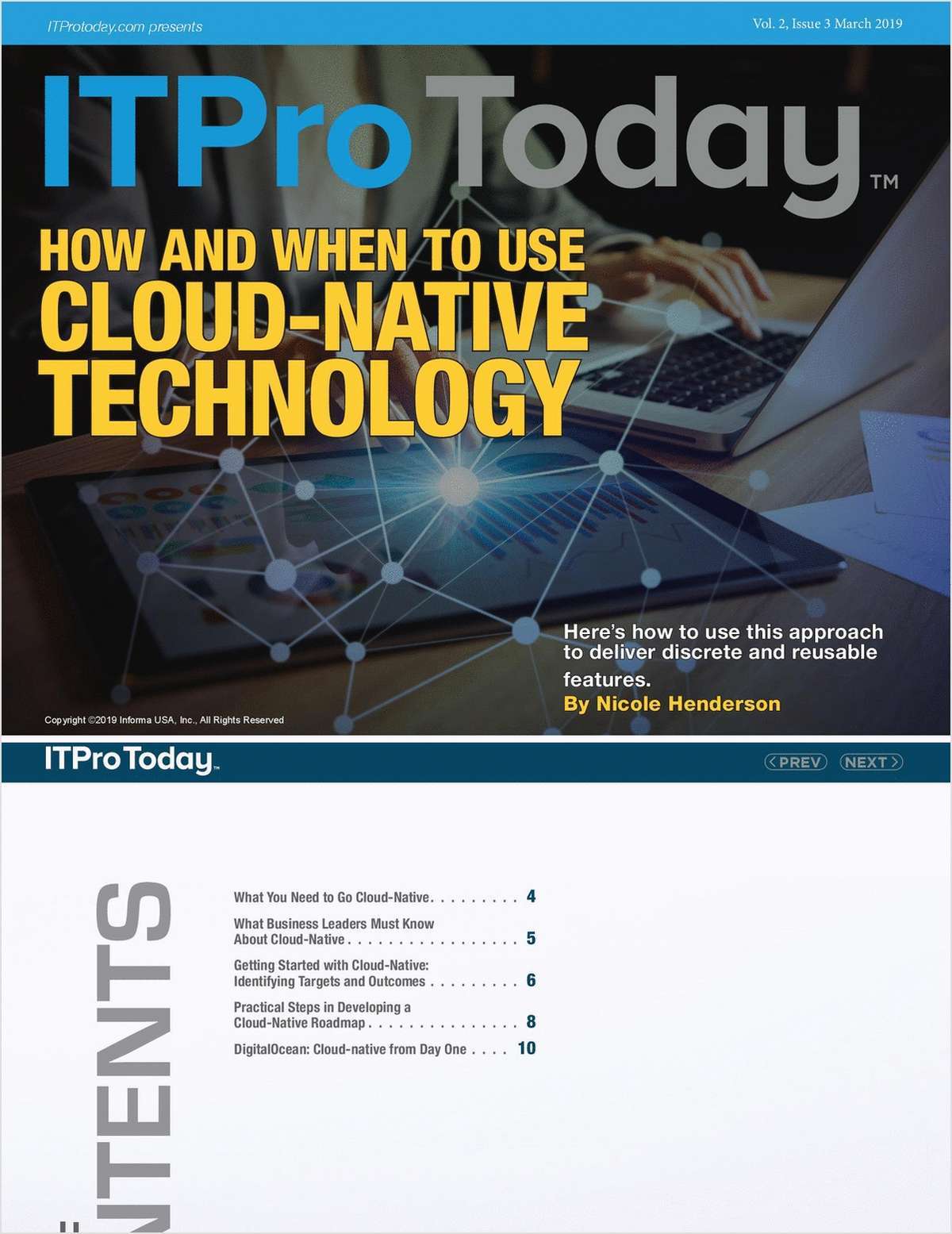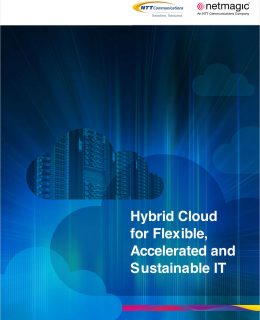How and When to Use Cloud-Native Technology

Here’s how to use this approach to deliver discrete and reusable features.
Successful enterprise organizations must evaluate ways in which they can improve time to market and meet customer demand — end goals that often require adopting new technology, new processes, or both. Anyone who has been through digital transformation at the enterprise level knows that these changes can cause friction between the C-suite and IT department, and these changes require not only new technology and skills, but also a culture that is ready to embrace change.
Cloud-native technologies allow organizations to build and run scalable applications in dynamic environments, such as public, private and hybrid clouds, as well as bare metal. According to the de nition by the Cloud Native Computing Foundation (CNCF), cloud-native technologies encompass containers, service meshes, microservices, immutable infrastructure and declarative APIs. With cloud-native, the frequent changes developers can make to their systems are resilient, manageable and observable.
As enterprises increasingly look to cloud-native technologies to help them become more agile, scalable and responsive to customer needs, experts say that without a cultural change at the organizational level, the value of cloud-native technology is moot.
This report walks through what you need to go cloud-native, identifying targets and outcomes for going cloud-native, and six practical steps in developing a cloud-native roadmap.





